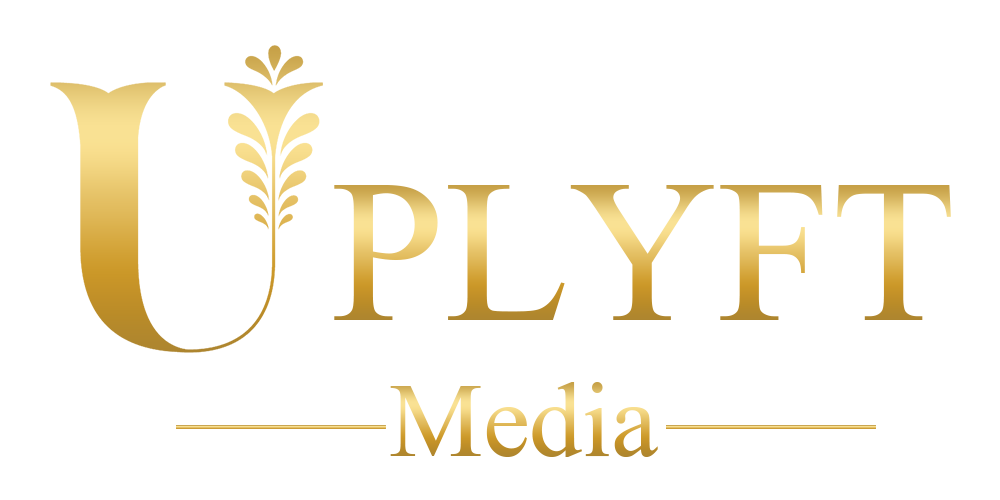
If you are constantly not feeling and are struggling to find out why you are not feeling well. I suggest you check out your cleaning products. This was the last place I would have thought look at when I was struggling with my health issues. I have to tell you it did make a huge difference.
According to environmental experts, there are at least 62 toxic chemicals lingering in an average household. They can be found in different products, such as in the case of paints and cleaning agents, among others. They can lead into adverse health effects, with the most common being asthma, cancer, neurotoxicity, allergic reactions, reproductive disorders, and hormone disruption, among others.
The next time you clean your house, make sure to be more conscious about the products you are using. Some of them can do you more harm than good. From the outside, you might see their effectiveness when it comes to cleaning. In reality, however, based on what can be seen by the naked eye, they can have hazardous ingredients, which can put your health at risk. With such being said, the following are some of the cleaning chemicals you should avoid, which will contribute to having a healthier household.
1. Phthalates: Some of the things inside the house containing this compound include dish soaps, air fresheners, toilet papers, and other scented items. They are bad for the health because of the reputation for disrupting the endocrine, reduction of sperm count, and skin irritation, among others. To avoid these health problems, it will be better to choose fragrance-free products or essential oils instead of the traditional air fresheners.
2. Perchloroethylene (PERC): This chemical is often found in aerosol paint concentrates, oven cleaners, laundry aids, and dry cleaning solutions, among others. According to several studies in the past, it is hazardous because of its classification as a neurotoxin and a possible carcinogen, with the most serious effects emanating from its inhalation. To avoid the problems associated with the presence of PERC in household chemicals, some of the viable alternatives would include liquid carbon dioxide or household cleaners made from all-natural ingredients.
3. Triclosan: This is commonly found in products labeled as antibacterial, including dishwashing soaps, body soaps, toothpastes, cosmetics, deodorants, and different products for personal care. The absorption of triclosan, which commonly happens through skin contact or contact from the lining of the mouth, can affect muscle function, hormone regulation, and can trigger allergic reactions. According to experts, avoiding the said health risks can be possible by choosing soaps with simpler list of ingredients or those that are all-natural.
4. Quaternary Ammonium Compounds (QUATS): Some of the most common products containing this toxic chemical include fabric softeners and products classified as being antibacterial. Because it is also classified as antimicrobial, some of its health risks include contact dermatitis, asthma, and other respiratory problems. Avoiding these problems can be possible if you will choose to use natural fabric softeners, like in the case of vinegar.
5. 2-Butoxyethanol: This chemical is most commonly found in floor strippers, surface cleaners, spot cleaners, window cleaners, ink removers, and other multipurpose cleaners. The high level of glycol ether in products containing this chemical has been linked to sore throat, kidney and liver damage, pulmonary edema, and narcosis, among others. To prevent these health problems, experts recommend to just use a mixture of baking soda, essential oil, and vinegar to make your very own all-purpose cleaner.
6. Ammonia: This chemical has a very pungent odor and can be commonly found in polishing waxes, bathroom cleaners, jewelry cleaners, and other multipurpose cleaners. The risk from this chemical occurs when people are exposed to high concentration of such, which can lead to allergy, asthma, and other breathing problems. A great alternative to products containing ammonia would be vodka or toothpaste, which are natural cleaners.
7. Chlorine: Some of the household items containing chlorine include toilet bowl cleaners, scouring powders, laundry whiteners, mildew removers, and even tap water. Exposure to chlorine can commonly lead into respiratory and thyroid problems. To prevent its health risks, experts recommend the use of natural cleaners, such as vinegar, borax powder, and using filters to remove chlorine concentration in water.
8. Sodium Hydroxide: Drain cleaners and oven cleaners are two of the most common items in the household containing sodium hydroxide. As the chemical is known for being extremely corrosive, it can be damaging for the skin and can cause a sore throat when it is inhaled. Rather than using product containing sodium hydroxide for cleaning, a better idea is to use baking soda paste as a natural alternative.
Happy Investigating!
***
Seema Giri, has 20 years of Project Management, Coaching and Leadership experience having trained & coached nearly 100,000 individuals. As an award-winning author, international speaker, holistic lifestyle strategist, Book Compiler and Publisher.
Seema offers her Break Free to Brilliance Program for women entrepreneurs and leaders on how they can Rebound, Reset and Realign themselves when faced with adversity. She has co-authored the book The Authorities with New York Times bestselling author Dr. John Gray, from the “Mars/Venus” series and spoken across two continents to various audiences.
**
To receive your complimentary 10 Ways to Embrace Your Brilliance, click here.




